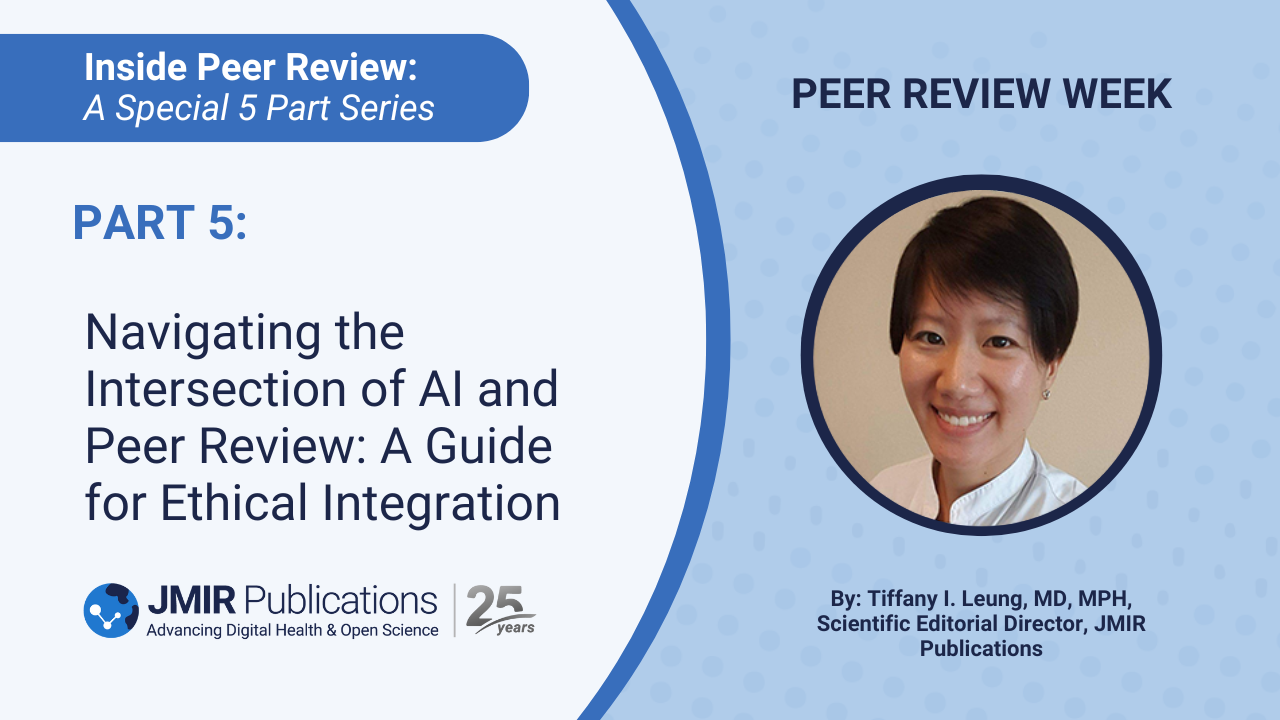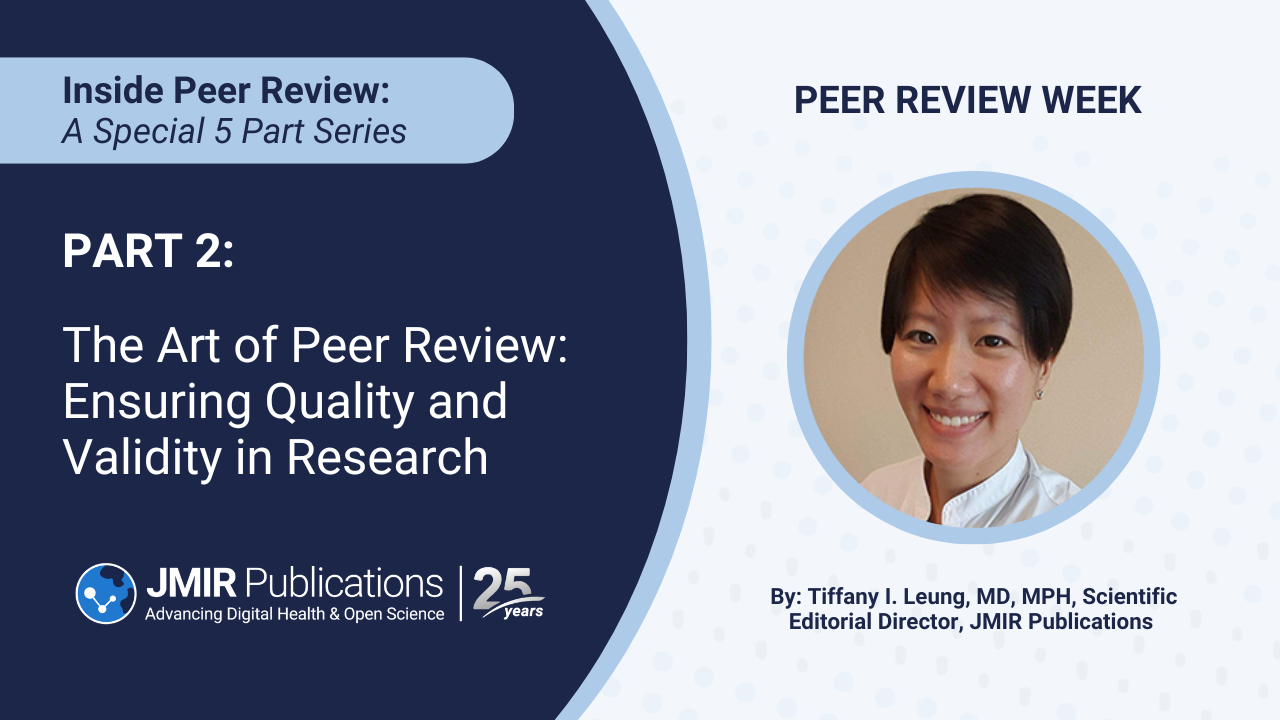The Growing Demand for Research Integrity Roles
Scholarly and scientific publishing is constantly evolving, and most recently driven by major movements towards open science and also influenced by the widespread availability of technology, like generative artificial intelligence. Negative influencers such as misaligned academic incentives, “pay-to-publish” publishing models, paper mills and plagiarism, and other unethical behaviors and their consequences are on the rise. The evergreen challenge? Keeping research transparent, trustworthy, and just plain honest. Research integrity is super important, to say the very least – and it is HOT!



